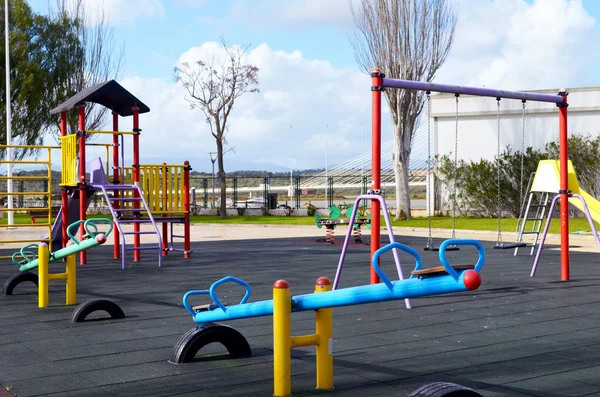
It begins with a figure that’s difficult to dislodge in 2023, the federal government spent more than $37,000 per senior and just $7,300 per child under 19. That’s a 5-to-1 ratio, and it isn’t moving. While Social Security checks come on schedule and Medicare payments increase on autopilot, programs for children education, child care, housing are negotiated, cut, or left to wither. As ex-Treasury aide Eugene Steuerle describes it, “Most of the growth in spending has gone to retirement and healthcare, while programs that promote upward mobility have been left behind.”

1. The Emergence of “Upside-Down” Budgeting
Compulsory programs such as Social Security and Medicare accounted for approximately $4.1 trillion in 2024 almost two-thirds of federal spending while discretionary spending on education, transportation, and workforce programs amounted to $1.8 trillion. Committee for a Responsible Federal Budget’s Maya MacGuineas dubs it “upside down budgeting,” pointing out that the federal government spends six dollars on each senior for every dollar spent on children, despite seniors having the lowest poverty rate and children the highest.

2. How We Got Here
The funding disparity is baked into entitlement program structure. Payroll taxes paid today aren’t being saved for future retirees they’re paid out immediately to current recipients. A couple retiring in 2025 at age 65 with average earnings will collect an estimated $1.34 million in lifetime benefits on their combined contributions of $720,000. In 1960, there were over five workers for every retiree now there are fewer than three. By 2035, it will be barely two.

3. The Price Pinch on Younger Generations
Younger Americans are not only contributing more to the system they’re doing so with increased living expenses and flat wages. Home prices have increased over 1,000 percent since the 1970s, public college prices by 177 percent, and rents over 50 percent. Wages have not risen with it, chipping away at the ability to save, purchase homes, or raise families. In 1989, adults between 35–44 years of age controlled almost three-quarters of the wealth of those 65–74 in 2022, it was only one-third.

4. A Declining Pipeline of Future Workers
The U.S. fertility rate fell to an all-time low of 1.6 births per woman in 2023, well short of the replacement rate of 2.1. Surveys indicate that most young adults still desire children but believe they cannot afford them. States ranging from Arizona to Colorado have experienced declines in fertility of 25–30 percent since the early 2000s, as economic stress, postponed marriage, and housing prices all contribute. As the UCLA Civil Rights Project cautions, fewer births equate to fewer future workers to support entitlement programs.

5. Immigration as a Lifeline
Without immigration, the Congressional Budget Office estimates U.S. deaths will exceed births beginning in 2033. Economists such as Giovanni Peri emphasize that “only net immigration can ensure population stability or growth” in aging economies. Current policy, however, is heading in the opposite direction with stricter immigration rules even as looming labor shortages create an opportunity cost. Strategic immigration accompanied by education and training for immigrants could support the workforce and decelerate the increase of the age dependency ratio.

6. International Lessons for Balancing Generations
Other countries have tried rebalancing public expenditure. European nations have diverted parts of pension surpluses into early childhood initiatives, while Canada has linked immigration levels to labor market demands. These examples demonstrate that it is possible to maintain seniors’ security while investing in the young if there is political will.

7. The Danger of Reducing Youth Investment Further
Current proposals from conservative think tanks would eliminate Head Start, cut Medicaid and SNAP, and reduce CHIP funding. The Urban Institute projects federal investment in children could fall by 20 percent as a share of the economy over the next decade. Cuts to Title I education funding alone could eliminate 72,000 teaching positions, deepening inequities for low-income students.

8. The Politics of Reform
Budget rebalancing is politically toxic. Republicans are opposed to raising taxes on the affluent Democrats do not want to slow growth of Social Security or Medicare. But analysts such as MacGuineas suggest “major structural changes” are necessary to shield seniors while making “necessary investments in the future.” Solutions involve means-testing benefits for wealthier retirees, increasing revenue, and tying immigration policy to demographic fact.

America is operating a 21st-century economy on 20th-century promises, and the individuals financing it weren’t even born when the rules were established. Without a change in priorities one that protects seniors but also invests in children and working-age Americans the imbalance will grow, leaving the next generation with less, more burdens, and a declining piece of the American dream.


